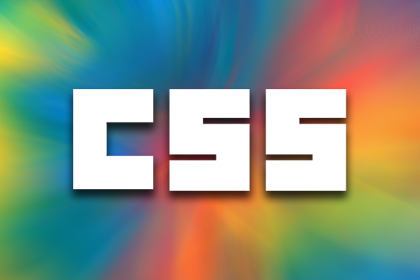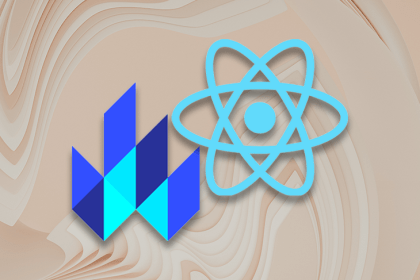
In this article, we explored PurgeCSS, a tool to remove unused CSS from your code, thereby reducing file size and improving optimization.

We discuss cursor-based pagination and demonstrate how to set up GraphQL cursor-based pagination with the Apollo Server.

React Hook Form is one of the most popular libraries for handling form inputs. In this guide, we’ll explore how to use it with Material UI.

There are many options for Vue toast messages, and in this post, we cover three popular options for implementing them in your app.

Silos are the obstacles and barriers that occur between different teams and inhibit the transmission of information.

resizeMode in React Native to scale imagesLet’s explore the different resizeMode property values in React Native and how to use them effectively in a project.

This guide examines the core concepts, differences, features, and benefits of two frontend frameworks: Lit and React.

The react-native-blob-util and react-native-fs packages allow us to access and manage the file systems of our devices.

We build a link shortener app with authentication and a database to show the benefits of using Cloudflare Workers with Remix and Superflare.

Learn about the WebContainer API, which allows you to run Node.js apps in the browser, similar to CodeSandbox’s interactive browser demos.

Learn the best methods for zipping and unzipping files in Node.js using the decompress, adm-zip, zlib, unzipper, and jszip packages.

Learn all about CSS sibling combinators, their usage, and their practical application in frontend web development.